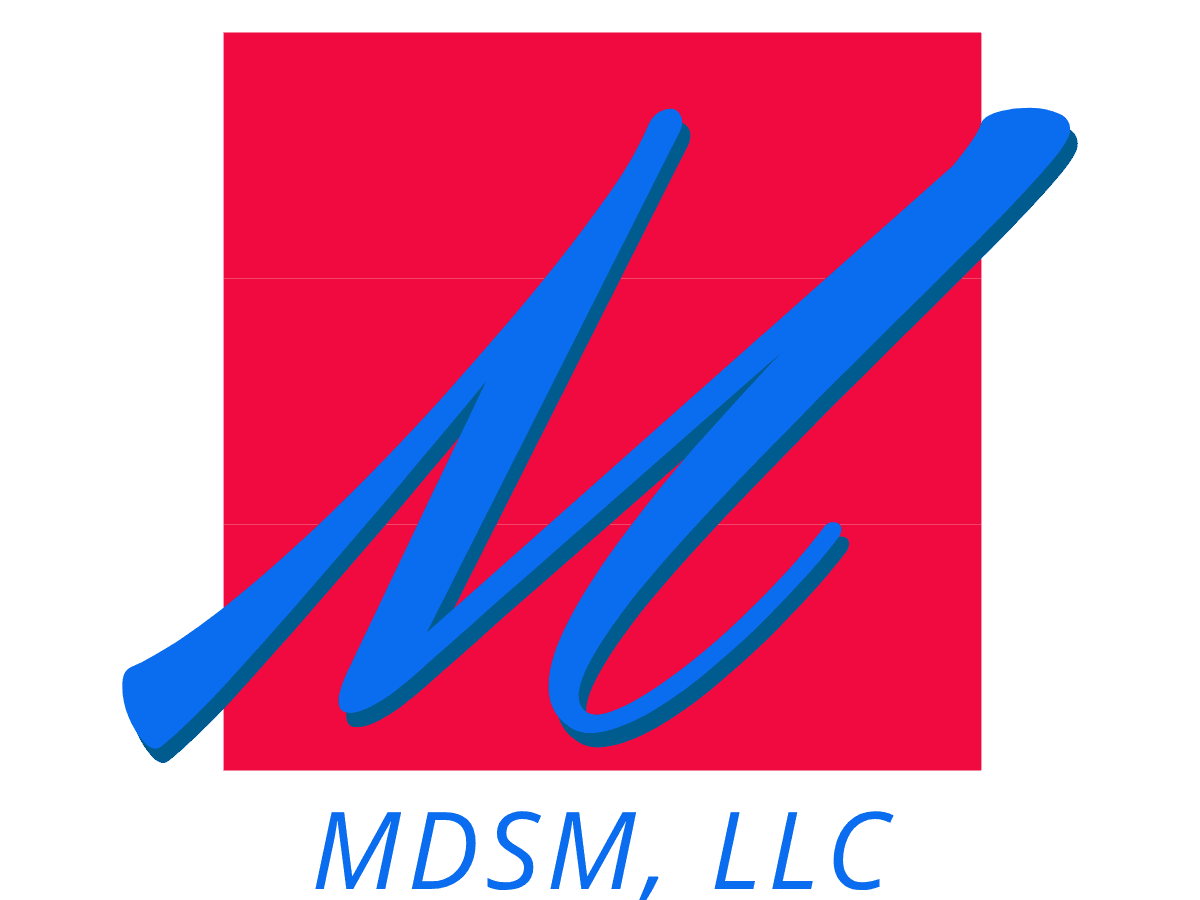At MDS Maintenance, safety is ingrained into our company culture. That’s why, this National Safety Month, we’re highlighting not only the steps we take to keep our team safe, but also the numbers that reflect that commitment in measurable ways.
Two of the most common safety metrics in the construction industry are TRIR and EMR. These acronyms may not mean much to the average person, but they speak volumes about how a company prioritizes safety in the workplace.
What is TRIR?
TRIR, or Total Recordable Incident Rate, is a number used by OSHA to track the number of recordable injuries and illnesses per 100 full-time workers during a year. It accounts for incidents that require medical treatment beyond first aid. It helps organizations monitor safety performance and identify areas for potential improvement.
When looking at a TRIR number, the lower the better. According to the U.S. Bureau of Labor Statistics, the average TRIR for construction in 2023 was 2.3.
We are proud to report a TRIR of 0.0 for 2024. That means we had zero recordable safety incidents, a direct result of the vigilance, training, and shared accountability of our team.
What is EMR?
The Experience Modification Rate (EMR) is a number used by insurance companies to evaluate how safe a company is compared to others, almost like a credit score. Based on this rating, insurance companies will determine a company’s risk and set workers’ compensation premiums.
An EMR of 1.0 is considered the industry standard. Anything below this means a company is safer than average.
At MDSM, our EMR is currently 0.74, showing that our team continually maintains a safer-than-average working environment.
The Force Behind our Safety Numbers
Behind these numbers is a robust safety program built on consistency, awareness, and proactive communication. We’ve worked extensively to establish a safety foundation that ensures the health and well-being of every worker, visitor, and partner on our job sites.
Some of the processes we use to keep safety front and center include:
- Weekly Job Hazard Analysis (JHA) discussions
- Daily Pre-Task Plans (PTP) with our site safety representatives
- Regular site safety orientations with the general contractor
- Daily equipment and tool inspections
- 2-3 random job-site audits per week by our safety representatives
Most importantly, we empower every team member to speak up and make decisions in the moment that protect themselves and those around them.
Here’s to continuing to build smart, build strong, and build safe.



